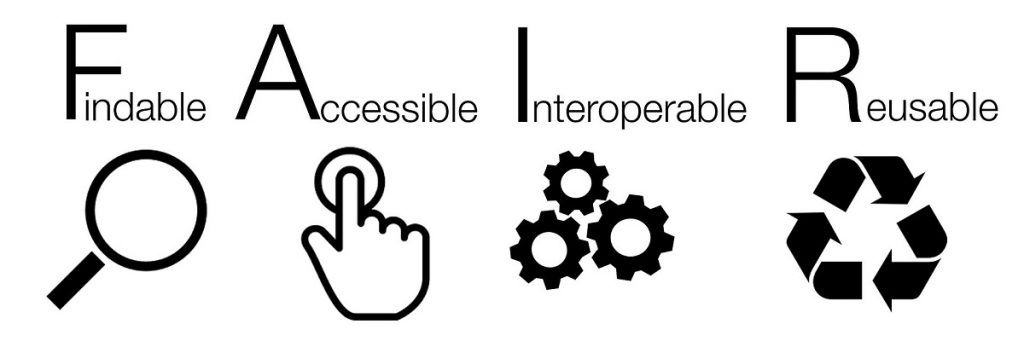Nanosafety data

In order to assess the health and environmental risks of nanomaterials, data is needed. The effective management and reuse of data from standardised testing methods, but also from new high-efficiency and animal-free methods, is expected to accelerate and improve both research and the risk assessment of nanomaterials. Data is also crucial to the implementation and execution of Safe and Sustainable by Design as part of the goal to achieve a non-toxic environment and a circular economy. Published in 2016, the FAIR principles stipulate that research data should generally be Findable, Accessible, Interoperable, and Reusable. The principles have quickly had a major impact, both internationally and in Sweden.
Over the past decade, several European projects have focused on developing and implementing solutions to make nanosafety data FAIR, including three major ongoing projects that are working together to establish a common basis for the risk management of nanomaterials and nanotechnology. Among other things, these efforts have led to the creation of the Nanosafety Data Interface, a database that collected data from some 20 different projects.
Recently, a so-called “FAIR implementation network” for nanosafety data was also launched, on which SweNanoSafe has previously reported. The network, called AdvancedNano IN,, will actively support and promote the implementation of the FAIR principles in databases that handle various types of nanosafety data. The network has published a manifesto outlining coordinated actions to merge FAIR data and services within nanosafety, as well as inviting collaboration. The Project Gov4Nano is responsible for the founding of the network and has made a short film to describe the importance and goal of the network, which can be seen below.
Re-posted under a CC 4.0 licence, with credit ascribed to the EU H2020 project Gov4Nano (Grant No. 814401)
Research article on the subject in the journal Nature: “Nanotechnology: Towards FAIR Nanosafety Data” (Read the full article here)
Uppdaterad av:
KM 2021-07-06
